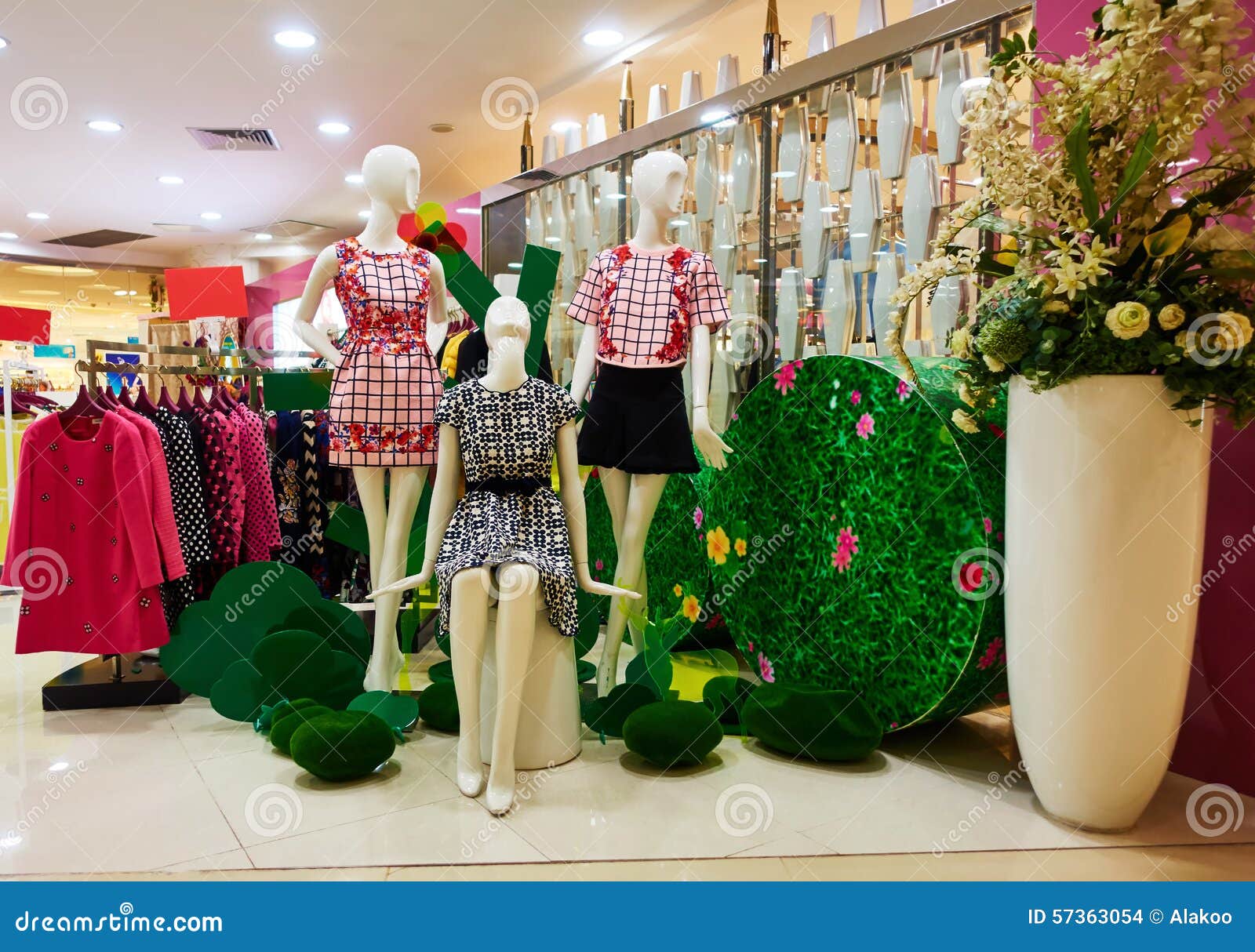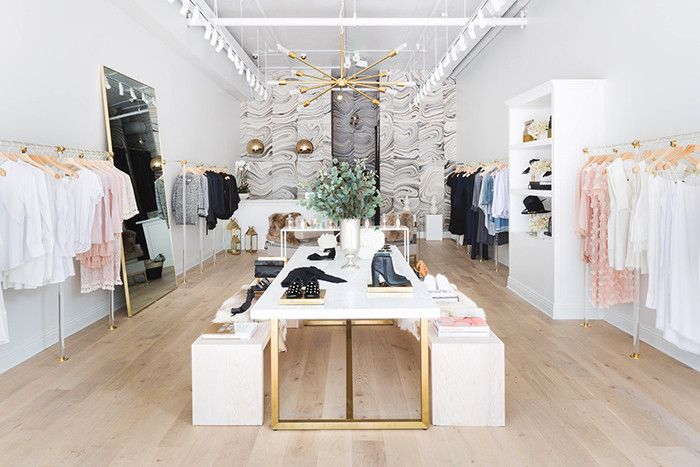Why Boutique Fashion is the Ultimate Choice for One-of-a-kind Style
Why Boutique Fashion is the Ultimate Choice for One-of-a-kind Style
Blog Article
Checking Out the Evolution and Impact of Apparel on Modern Style Trends
The development of garments has actually significantly influenced modern-day style fads, combining historic criteria with sophisticated innovations. Legendary numbers like Coco Chanel and Yves Saint Laurent revolutionized the fashion sector by presenting ideas that prioritize convenience and access, which proceed to resonate today.
Historical Fashion Influencers
In the tapestry of fashion history, particular numbers have left an indelible mark, forming the patterns and styles that specify whole periods. Coco Chanel, a cutting edge developer, redefined ladies's fashion by presenting comfortable, elegant clothing that departed from restrictive bodices. Her legendary Chanel fit and little black dress have actually ended up being timeless staples in wardrobes worldwide. Christian Dior's post-war "New Look" in 1947, with its celebration of womanhood with complete skirts and cinched midsections, marked a return to luxury and has actually continued to influence developers.
Elsa Schiaparelli is another pivotal number, renowned for her progressive layouts that included surrealist art, working together with Salvador Dalí to develop whimsical pieces that tested conventional looks. Her innovative usage of color and strong patterns reverberates in modern style. Yves Saint Laurent, on the other hand, democratized haute couture with prêt-à-porter collections, bringing runway styles to the masses and establishing a criterion for contemporary ready-to-wear lines.
These visionaries, to name a few, not only reinvented style in their times yet also set withstanding patterns that reverberate in today's fashion industry, supplying a structure whereupon modern designers remain to introduce and build. Their legacies highlight the significance of imagination and daring in style's ever-evolving story.
Technical Innovations in Fashion
Amidst the dynamic landscape of the garment industry, technological improvements stand at the center of development, reshaping exactly how developers produce and customers involve with style. The assimilation of 3D printing has actually changed layout procedures, enabling designers to try out complex structures and sustainable products that were formerly impossible. This modern technology assists in fast prototyping, decreasing waste and accelerating production times.

Smart fabrics, installing technology right into textiles, are likewise changing the industry. Technologies like self-cleaning and temperature-regulating textiles offer improved capability and convenience. Wearable technology, integrating features like physical fitness tracking and communication, adds a brand-new measurement to fashion, merging visual appeals with functionality.
Social Changes and Design
As technical developments continue to reshape the fashion business, social changes are just as prominent, redefining style and customer choices. Recently, the surge of social media systems has accelerated the dissemination of global style fads, allowing diverse social influences to assemble and coexist. This digital interconnectivity has actually facilitated the quick exchange of ideas, bring about a much more eclectic and comprehensive interpretation of design that shows the complex nature of modern culture.
Social awareness and recognition have actually triggered designers to attract motivation from a more comprehensive spectrum of historical and ethnic contexts, incorporating standard themes with modern aesthetics. This fusion has actually caused fashion that reverberates with a larger target market, promoting a feeling of identity and belonging across various demographics. Furthermore, the raising need for personalization has actually driven brand names to supply customizable alternatives, making it possible for customers to share uniqueness while mirroring their social heritage.
In addition, changing social worths have influenced style, with inclusivity and diversity ending up being central styles. The market has actually started to embrace models and influencers of different type of body, ethnicities, and gender identities, tough traditional charm requirements. This makeover underscores the power of social changes fit the future of fashion, as design becomes a much more authentic expression click to investigate of individual and cumulative identity.
Sustainability and Modern Design
While the fashion business remains to develop, the vital for sustainability has become increasingly immediate, affecting modern-day layout methods. This shift intends to address ecological worries and ethical factors to consider, bring about a reevaluation of traditional manufacturing methods. Developers are currently incorporating lasting products, such as natural cotton, recycled polyester, and biodegradable textiles, into their collections, decreasing the eco-friendly footprint of style. The increase of sluggish style, which stresses high quality over amount, motivates customers to invest in ageless items instead of transient patterns.
Furthermore, contemporary layout is defined by its advancement in visit this site minimizing waste and promoting circularity. Strategies such as zero-waste pattern cutting and 3D knitting are obtaining traction, enabling developers to develop garments with minimal textile wastefulness. Furthermore, brands are embracing clear supply chains, guaranteeing liability and fostering consumer trust. This technique not only reduces environmental influence yet additionally improves the social duty of fashion residences.

Future Trends in vogue

Sustainability will remain to be Check This Out a driving pressure in forming future style patterns. The market is progressively embracing green products and ethical manufacturing techniques, replying to an expanding consumer need for responsible techniques. Innovations such as bio-fabricated products and closed-loop recycling systems are readied to redefine just how clothing is created and consumed, minimizing environmental impact while keeping style and top quality.
Cultural shifts, consisting of the increase of inclusivity and variety, will additionally play a critical duty. As culture comes to be more familiar with social problems, fashion is anticipated to become a platform for expression and adjustment. Developers will likely concentrate on developing collections that reflect a wider series of identities and experiences, championing depiction and accessibility.
Final Thought
The advancement of apparel considerably affects modern-day style trends, where historical influences merge with contemporary layouts. Trick numbers like Coco Chanel and Yves Saint Laurent have redefined style, while technological advancements such as 3D printing and clever fabrics increase creative possibilities. Cultural shifts towards inclusivity and sustainability force brand names to embrace moral practices and accept diversity. This recurring evolution highlights fashion's role as a mirror to societal worths and technological advancement, suggesting a future abundant with innovation and inclusivity.
The advancement of apparel has actually substantially influenced modern-day style fads, merging historic criteria with advanced developments.Among the dynamic landscape of the style sector, technological improvements stand at the forefront of development, reshaping exactly how developers develop and customers engage with fashion.While the fashion market continues to evolve, the necessary for sustainability has come to be significantly urgent, influencing modern-day design techniques. As sustainability ends up being ingrained in modern style, it paves the way for a much more mindful and responsible fashion sector.
The evolution of clothing dramatically influences contemporary style patterns, where historical influences combine with modern styles.
Report this page